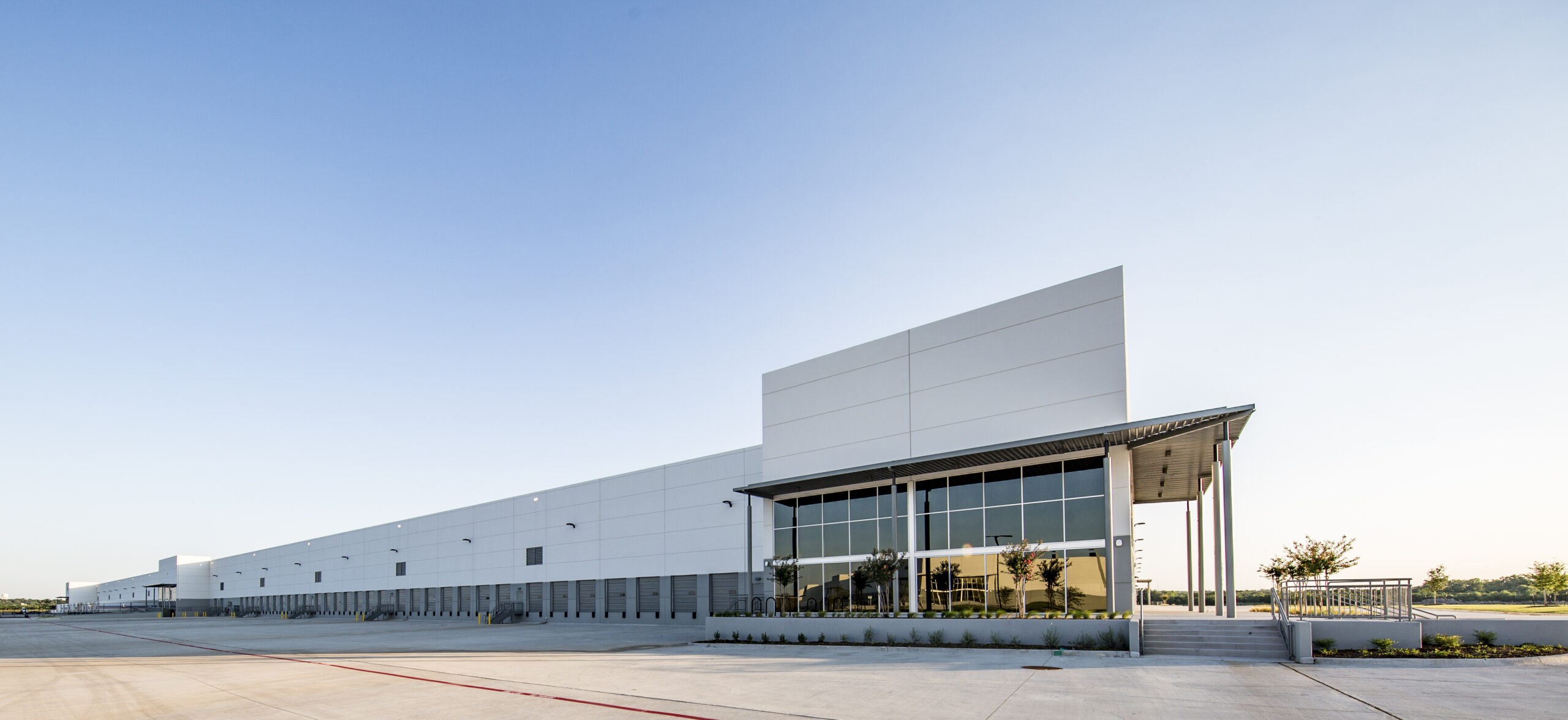The Wall Street Journal (June 25, 2019 – Keiko Morris) – Amenities born in Silicon Valley begin popping up in warehouses as e-commerce companies face tight labor market
Coffee bars, lounges and other creature-comforts that have become regular features of modern office spaces are beginning to make their way to warehouses.
Facing a tight labor market, e-commerce operators, logistics firms, manufacturers and developers are incorporating amenities that were first popularized in Silicon Valley’s campuses before spreading to urban office skyscrapers. New perks at distribution centers also include patios, discounted dining venues, gyms, landscaped walking trails and even a beach bocce court.
Businesses throughout the country are facing the challenge of hiring and retaining workers with the national unemployment rate at 3.6%. The pressure has been particularly acute in the e-commerce sector where the rapid shift to online shopping is fueling a voracious appetite for warehouses.
With this rising demand, labor-intensive warehouses have proliferated in areas close to population centers. Industry leaders like Amazon.com Inc. also are expanding their efforts to bring same-day and one-day delivery to more customers, adding to the competition for warehouse workers.
Amenities have become a critical part of the employee attraction arsenal. “The physical workplace has a tremendous influence on worker retention,” said Rich Thomspon, head of the supply-chain and logistics solutions team at real-estate services firm JLL.
In the Atlanta region, U.K. online fashion retailer ASOS PLC designed a 1-million-square-foot distribution center with skylights for natural light, two full basketball courts, a soccer field, a gym, health facility and outdoor break areas with picnic benches and lawn games. Dining options for the facility’s 1,500 workers include a salad bar as well as pizza and grill stations, partially subsidized by ASOS. The company also brought in a temporary pop-up nail bar and barber shop.
“We opted to differentiate ASOS in a way that would be consistent with the employee offer in other countries and meaningful to the staff we were looking to attract,” a spokeswoman said in an email.
In the past, warehouses typically have been windowless, concrete boxes with little more in the way of amenities than vending machines, simple tables and aluminum folding chairs. Distribution involved moving large shipments of goods to stores.
But lately, warehouse work has become more complex, intense and time-pressured with workers picking and packing many orders of individual products to ship directly to shoppers. Even with the increasing use of robotics, that means a 500,000-square-foot warehouse that once had 100 workers or fewer may now have three to 10 times that workforce, developers and brokers say.
Amenities like those in the U.S. ASOS warehouse are still rare. And in what are often difficult jobs where a bathroom break could mean a 20-minute walk across a vast facility, some e-commerce warehouse workers and advocates are more concerned about fundamental workplace matters than coffee bars. Many have pushed to improve working conditions including unpredictable schedules, an emphasis on speed over safety, the practice of keeping temporary workers on long-term and low wages despite some gains in compensation in recent years.
Maricarmen Molina, a union shop steward at a New Jersey distribution center, said she has no objection to the new amenities. “But why would you waste your money on that when you can give [workers] health insurance for their whole life instead of a coffee shop or gym?” she said.
Industrial real-estate consultants and economists said workplace basics can still be critical factors in deciding whether to take a job. “If you are a warehouse worker and have the chance to make 50 cents more an hour, you may not take it if the place is not air-conditioned,” said Chris Zubel, senior managing director at real estate services firm CBRE Group Inc.
Some developers are including amenities that focus on health and well-being. For example, Prologis Inc. built a Tacoma, Wash., warehouse that features advanced air ventilation and water filtration systems, more natural light than traditional warehouses and large murals of ocean life.
Other landlords say that amenities give them a competitive edge, often at a fraction of the overall development expenses. Tenants want perks for their workers because labor shortages can be so acute that they are forced to scale back operations, said Clark Machemer, head of the Northeast region of developer Crow Holdings.
Dallas-based Crow is building a 2-mile riverside hiking and biking trail in an industrial park in Grand Prairie, Tex. The developer’s plans in Franklin Township, N.J., call for a new warehouse situated near mass transit options with abundant windows, commissioned murals and a dedicated spot for food trucks.
In February, Ryan Cos. completed a Carlsbad, Calif., warehouse complex with ocean views, beach bocce and sand volleyball courts, an amphitheater, skylights, kitchens with stone counters and roll-up glass doors that open onto an outdoor patio. The project design already included solar panels on the roof and 24 electric car charging stations to comply with California’s requirements to reduce greenhouse gases.
The amenities seemed like a natural next step for the company. “We’re trying to marry the creative office elements into the warehouse environment,” said Chris Wood, president of the western region for Ryan Cos.




